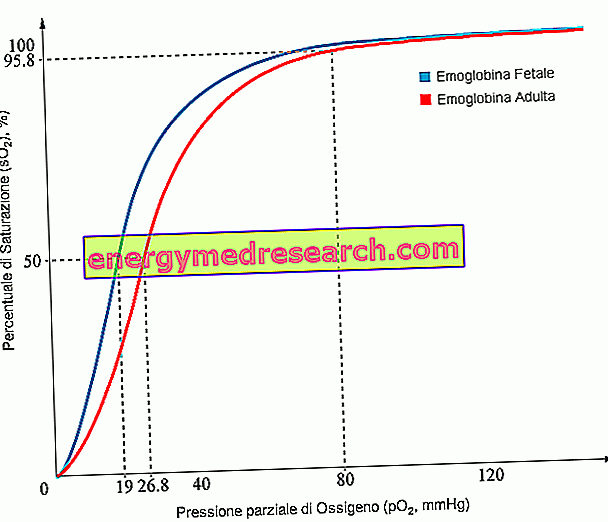Generality
The aquiline nose, also known as a Roman nose or Dante's nose, is a particular type of nose, characterized by a protruding nasal bridge and a very prominent nasal spine.

The only remedy for the aquiline nose, existing at the present time, is rhinoplasty surgery.
Brief anatomical reference to the nose and its external appearance
The nose is the prominence located at the center of the face, between the two eyes and the two cheeks, which provides the sense of smell and represents the main entry of the respiratory tract.
In describing the external appearance of the human nose, the anatomists recognize in the latter at least 5 characteristic areas, which are:
- The nasal root : identifiable where the frontal suture resides, it represents the upper portion of the nose. It is in continuity with the forehead.
- The nasal bridge : it is the saddle-shaped portion of a horse situated just below the root and between the two eyes.
- The nasal back (or nasal crest ): is the tract that, starting from the nasal bridge, characterizes the prominence of the human nose.
It is the portion of the nose that stands out in the eyes in the profile view.
- The nasal tip (or nasal apex ): located at the end of the nasal spine, is the lower portion of the external nose.
Below, it has two distinct openings, better known as nasal nostrils, which represent the beginning of the two nasal cavities (and of the internal nose).
- The nasal wings : they are the portions of the external nose lateral to the nasal back and to the nasal tip. Surround the nostrils.

What is the aquiline nose?
The aquiline nose is a type of nose characterized by a nasal bridge that loses some of the saddle shape of a horse and a particularly prominent nasal spine, as if it had a hump.
The aquiline nose is known by many other names, including: Roman nose, eagle beak nose, Dante's nose and hooked nose .
ORIGIN OF THE NAME "NASO AQUILINO"
The aquiline nose owes its name to its resemblance to the beak of an eagle.
OPTIONS
Sometimes, people with aquiline noses also have the nasal tip pointing downwards. When a nose has the nasal tip pointing down, it is said to be a hooked nose .

MEANING
It is widely believed that the aquiline nose is an aesthetic characteristic typical of some racial ethnic groups; similarly, many think that the beak-like eagle shape of the nose is, in some way, linked to some non-physical characteristics, such as intelligence, personality, etc.
However, numerous scientific studies, carried out precisely to demonstrate the above, have shown that there is no correlation between the aquiline nose and belonging to a particular breed, or between the aquiline nose and the presence of certain non-physical characteristics.
Remedies
The only remedy to correct the aquiline nose is rhinoplasty surgery.

Thanks to the progress of cosmetic surgery and the ability of those who currently practice it, rhinoplasty operations for the aquiline nose guarantee excellent results.



